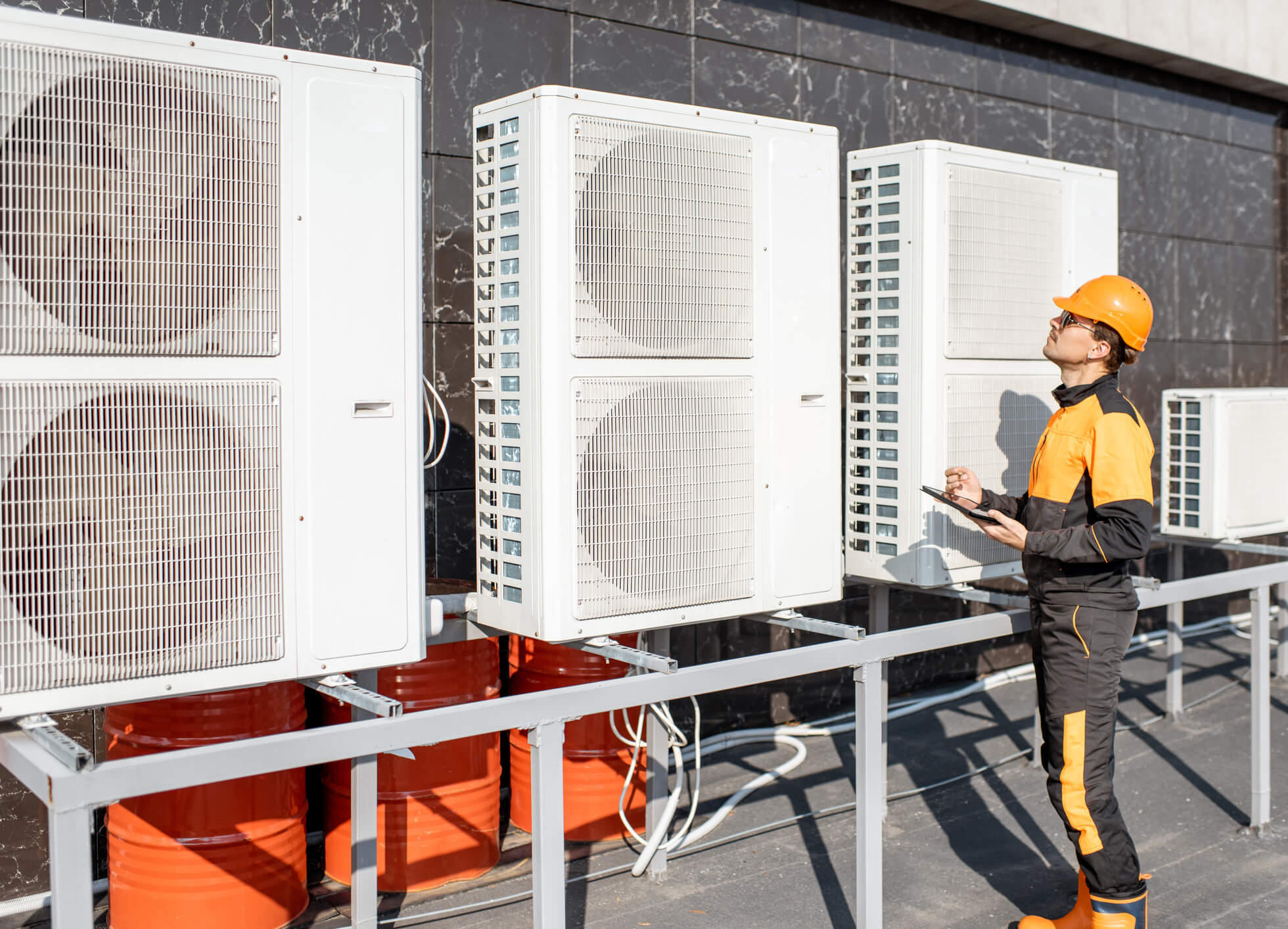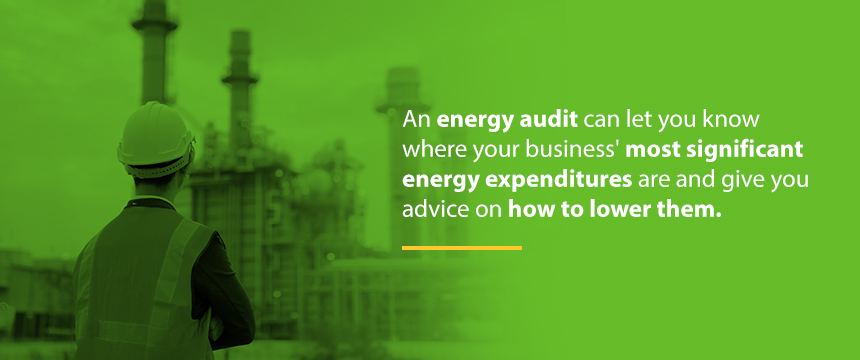

Most businesses love saving money, and saving money often goes alongside with conserving energy. According to the U.S. Environmental Protection Agency (EPA), small businesses that invest strategically in new energy initiatives can decrease their energy costs by 10 to 30%. Doing so allows them to save money and help contribute to efforts to conserve our environment, all without sacrificing service quality or comfort.
But many companies make a few common business energy mistakes. Below, we’ll discuss some of those mistakes and offer some business energy efficiency tips to help companies flourish and conserve.
Energy efficiency is essential for businesses for a few different reasons.





Below are six of the most common energy mistakes businesses make.
One of the most crucial business energy efficiency measures to take is to upgrade inefficient lighting. Between 20 and 30% of all energy use in the United States goes toward lighting. But an incandescent bulb is only 10% efficient — it loses 90% of its energy as heat. A compact fluorescent bulb, on the other hand, is 85% efficient, and LED lighting is 90% efficient.

LEDs also last 25% longer than traditional incandescent bulbs, so they’re a great investment all around. An Energy Star-certified bulb that replaces a 60-watt incandescent bulb can save a business up to $55 over the bulb’s lifespan. The EPA reports that by 2027, increased LED light usage could save homes and businesses a combined total of $30 billion by reducing utility bills. If you’re trying to reduce your business’ energy footprint, investing in LED lighting is an excellent first step.
Leaving the lights on when no one is around to use them is another common energy mistake. Especially if your business has not yet switched to efficient lighting, lighting empty rooms and hallways wastes an enormous amount of energy, and it drives up the utility bill as well.
Because incandescent bulbs lose so much energy, the U.S. Department of Energy recommends turning them off immediately when you don’t need them. Businesses should also turn LEDs off whenever possible, since being turned on and off does not affect their energy usage or lifespan. In these cases, remember to flip the light switch after you’ve left a conference room and turn off all unnecessary building lights at the end of the day.
For compact fluorescent lights, the U.S. Department of Energy recommends turning off the lights if a space will be unoccupied for 15 minutes or more — continually flicking these lights on and off requires more energy.
If you have lights installed in larger spaces where manually flipping the switch may be less convenient, such as factory floors or outdoor lots, consider installing timers or motion-sensing lights instead. These devices are relatively low-tech and inexpensive, but the energy savings your company will see can quickly add up. Of course, your business may need specific lights on at all times for security purposes, but it’s worth looking into the situation and determining where you can cut back.
Desktop computers may seem to offer more power and stability, but they guzzle an enormous amount of energy compared to laptops. The U.S. Energy Information Administration reports that in 2020, an average desktop computer will likely consume about 217 kilowatt-hours of energy per year, whereas a laptop will consume only 19 kilowatt-hours of energy per year. A monitor adds even more energy usage. Laptops help save a considerable amount of energy, and they offer greater portability and freedom as well.

If your business needs to continue using desktop computers for the processing power and memory they provide, you still have options, though. Consider switching to Energy Star desktops and monitors with LED screens to help conserve as much energy as possible and lower your utility bills.
It may seem tempting — and even cost-effective — not to schedule maintenance for your HVAC system until it needs work. But routine preventive maintenance conserves energy and saves your business money over the long term. A dirty or malfunctioning HVAC system restricts airflow and causes your system to work much harder to supply the same volume of warm or cool air. The EPA recommends changing HVAC filters at least every three months, and as often as once a month if your usage is heavy and the filters look dirty. The EPA recommends investing in a yearly tune-up as well, and also notes that sealing and insulating your ducts can improve the efficiency of your HVAC system by 20% or more.
Of course, your business needs to have hot running water, but your water heater offers ways to help you conserve energy and lower costs at the same time. Turning down the temperature on the water heater can dramatically reduce your utility bills. Unless your business has a gym or offers showers for people who regularly work overnight shifts, it’s a good bet no one is taking a long, hot shower in your workplace.
The U.S. Department of Energy recommends taking an easy, free step: Turn your water heater down to 120 degrees Fahrenheit if people use hot water only for washing their hands. Doing so can provide 4 to 22% energy savings annually and could save your business as much as $400 a year.
One of the most common business energy management mistakes is failing to develop an energy management plan. Switching to more efficient light bulbs and being more vigilant about turning lights off are great steps to take, but every business should also develop a comprehensive, specific, written energy management plan as well. This plan should have the support of higher-level executives in the company, and it should have concrete data grounding it as well.
Getting an energy audit is an excellent first step in this direction. An energy audit can let you know where your business’ most significant energy expenditures are and give you advice on how to lower them. You can then partner with a reliable energy company to develop energy solutions that lower both your energy expenditures and your utility bill.

When you’re looking for commercial energy services to increase the energy efficiency of your business, contact Shipley Energy. By switching to Shipley Energy, you can find better rates and develop a sound energy procurement strategy. Our team of energy experts can help you find the solutions that supply your business’ energy needs economically and efficiently.
Contact us today to learn more.